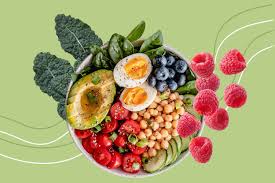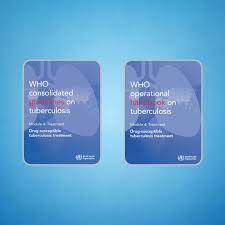In a groundbreaking study, researchers have discovered that a high-fiber diet significantly influences small intestine metabolism, resulting in the release of the appetite-suppressing gut hormone peptide tyrosine tyrosine (PYY). This revelation comes irrespective of the food’s structural integrity, whether intact or disrupted, offering new insights into dietary impacts on hunger regulation.
Methodology
The study, led by Dr. Aygul Dagbasi from Imperial College London, explored the effects of low- and high-fiber diets on the release of gut hormones PYY and glucagon-like peptide 1 (GLP-1). Researchers enlisted ten healthy volunteers, assigning them to one of three diets over four days:
- High-fiber intact foods (e.g., peas and carrots)
- High-fiber disrupted foods (same foods mashed or blended)
- Low-fiber processed foods
Each participant experienced all three diets in a randomized order, with a washout period of at least a week between sessions, reverting to their normal diet. The diets were matched for energy and macronutrients, but only the high-fiber diets contained equivalent fiber levels (46.3-47.9 grams daily) compared to the low-fiber diet (12.6 grams daily).
Using nasoenteric tubes, researchers sampled chyme from participants’ distal ileum lumina in a fasting state and at 60-minute intervals for 480 minutes postprandially on days 3 and 4. The findings were confirmed using ileal organoids, with participants reporting postprandial hunger via a visual analog scale.
Key Findings
The study unveiled that both high-fiber diets increased PYY release during the 0-240-minute postprandial period, where food primarily resided in the small intestine, but did not affect GLP-1 release. At the 120-minute mark, both high-fiber diets led to a significant increase in PYY levels compared to the low-fiber diet, challenging the researchers’ initial hypothesis that intact food structures would more strongly stimulate PYY release.
Participants also reported reduced hunger at 120 minutes on the high-fiber diets compared to the low-fiber diet. Furthermore, high-fiber diets enhanced ileal stachyose levels, and the disrupted high-fiber diet boosted certain ileal amino acids. Treating ileal organoids with ileal fluids or a mixture of amino acids and stachyose resulted in PYY expression akin to blood PYY expression, underscoring the role of ileal metabolites in PYY release.
Practical Implications
“High-fiber diets, regardless of their food structure, increased PYY release through alterations in the ileal metabolic profile,” the researchers noted. “Ileal molecules, which are shaped by dietary intake, were shown to play a role in PYY release, which could be used to design diets to promote satiety.”
Study Limitations
While the findings are promising, the study had several limitations. The small participant pool and crossover design limited covariate influence on outcomes. Varied gastric emptying and gut transit rates could mean food affecting the ileum before the first postprandial sample point at 60 minutes was not captured. Limited organoid availability restricted the number of experiments, and despite their utility, organoids have inherent limitations.
Funding and Disclosures
The research was funded by the Biotechnology and Biological Sciences Research Council (BBSRC), Nestle Research, and Sosei Heptares. Imperial College London’s Section for Nutrition received support from various grants, including the UK Medical Research Council and National Institute for Health and Care Research. The principal investigator received UKRI BBSRC funding, with additional support from a British Nutrition Foundation Drummond Early Career Scientist Award and BBSRC Food Innovation and Health Institute Strategic Programme. Some coauthors disclosed directorship roles at Melico Sciences and industry relationships outside the submitted work.
This study’s findings highlight the potential for high-fiber diets to modulate appetite and pave the way for dietary strategies aimed at enhancing satiety and managing hunger.












